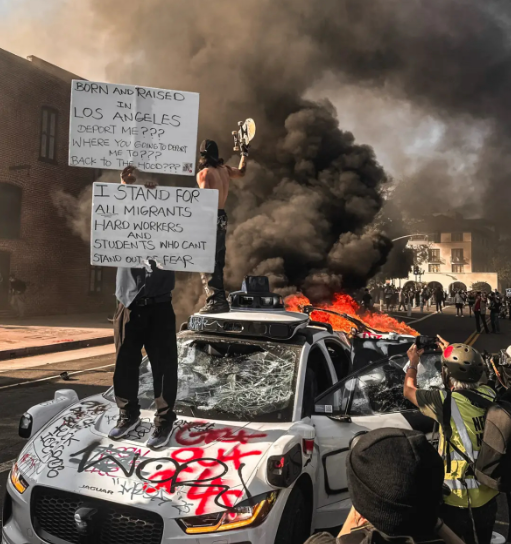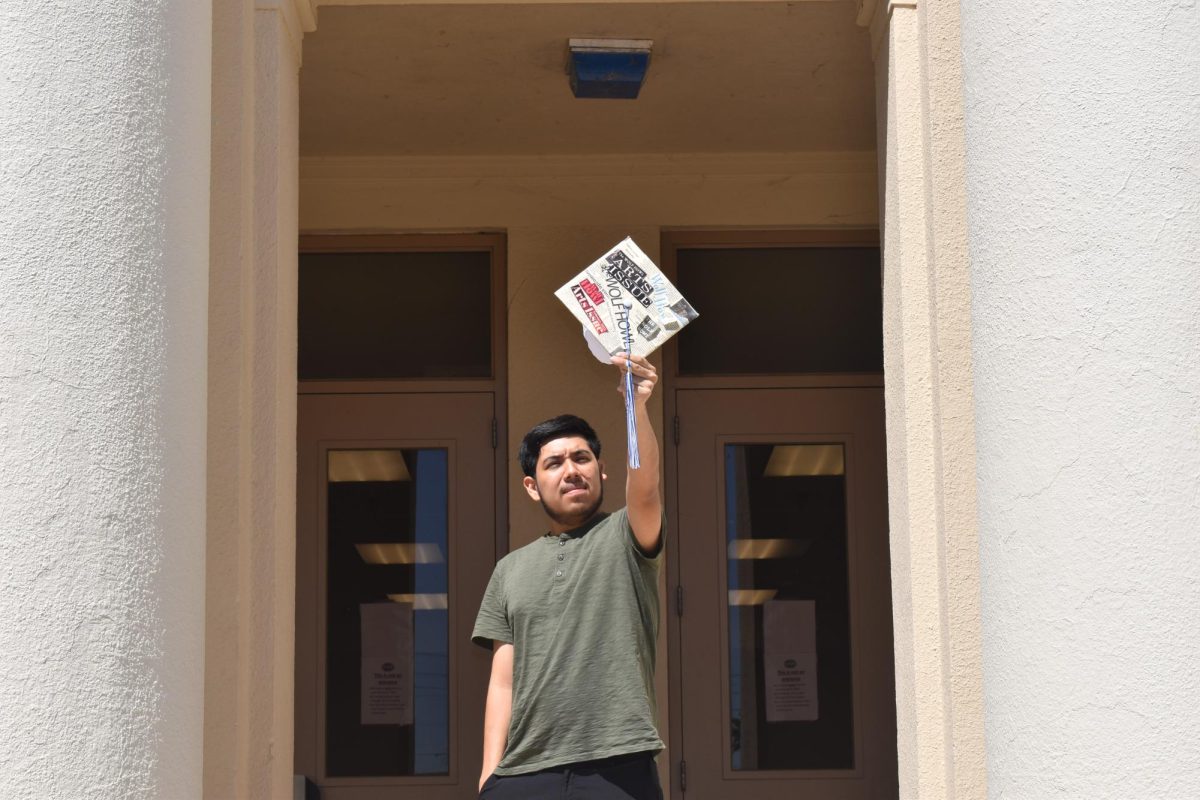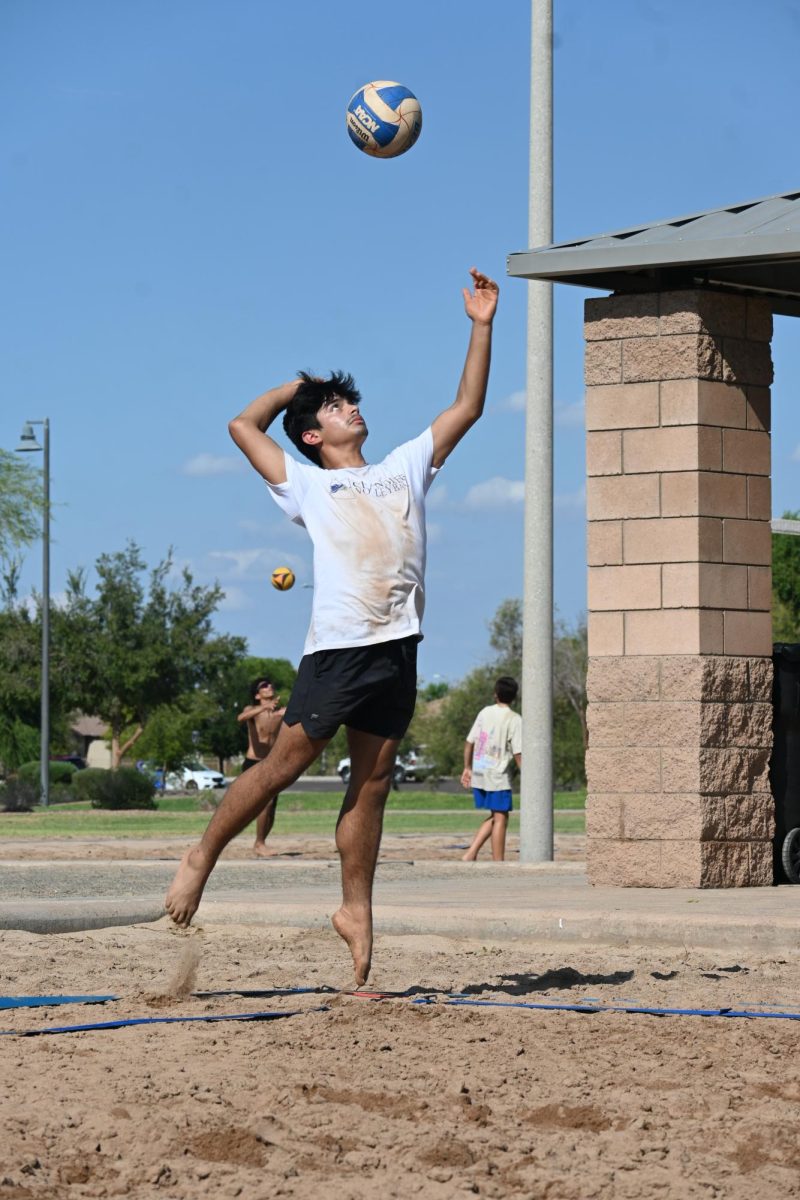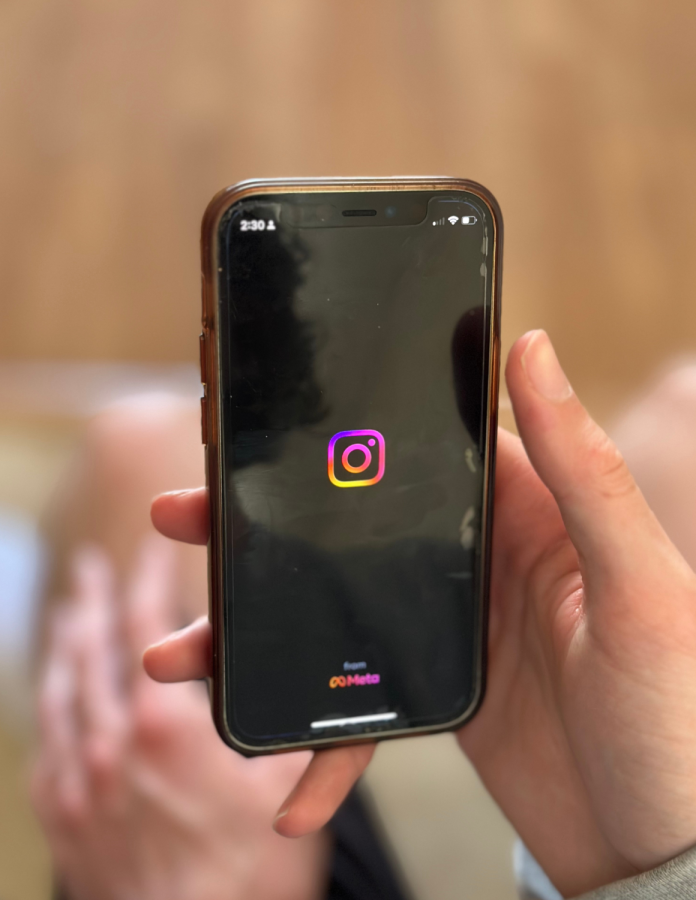The year 2020 was momentous for multiple reasons. As an eighth grader, I was forced to stay at home and use my phone to keep me company. It was through apps like Instagram, Twitter, and Tiktok that I witnessed the brutal killing of Ahmaud Arbery, Breonna Taylor, George Floyd, and also lived through one of the most nail-biting elections in my lifetime. Like many others, my eyes were opened to the many systematic issues American and the world were facing. The use of social media platforms during this time period fueled a resurgence of social media activism.
Social media activism is a term used to describe the use of digital media such as Twitter, Instagram, TikTok, Facebook, and more to spread information and gain traction about social improvements (Council on Foreign Affairs). The act of using social media for political movements is not a new concept, but the increasing oversimplification of complex political topics has become a viable concern. Instagram accounts use gaudy graphics to entice many viewers and although the account may have good intentions, their lack of citations and resources unintentionally result in a lack of momentum for the issue they are trying to raise awareness of.
On the other hand, social media can serve as a useful tool in uniting people against a blatantly unjust cause, as seen in the rallying of people all over the world following George Floyd’s death in 2020, and the success of the #MeToo movement in 2018. The true problem with social media activism is not the topics being discussed—it’s who is initiating the conversation, and what exactly they are doing about it. More often than not, the nuances of an event or problem flies over the heads of many social media users, who are eager to hastily repost anything with a hashtag. In order to fix the accepted idea of social media activism, it is imperative that audiences do their ow n research about a topic before sharing it with their followers, and raise the voices of people that are directly affected by these events.
n research about a topic before sharing it with their followers, and raise the voices of people that are directly affected by these events.
























